<< Previous | Displaying results 21-30 of 121 for "disabled" | Next >>
Hadamar was one of six euthanasia killing facilities in the Nazi Euthanasia Program.
The "euthanasia" program targeted, for systematic killing, patients with mental and physical disabilities living in institutional settings in Germany and German-annexed territories. Historians estimate that the program claimed the lives of 250,000 men, women, and children.
Hartheim castle, a euthanasia killing center where people with physical and mental disabilities were killed by gassing and lethal injection. Hartheim, Austria, date uncertain.
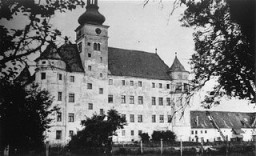
Otto Dix was a German artist who depicted the horrors of war. His art was targeted in the Nazi book burnings and “Degenerate Art” exhibition. Learn more.
The Nazis began experimenting with poison gas for the purpose of mass murder in late 1939 with...
In 1942, eleven-year-old Dawid Tennenbaum went into hiding with his mother, settling in the Lvov region as Christians. Dawid disguised himself as a girl and as mentally disabled. This exempted him from attending school and prevented his being exposed.
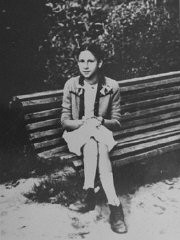
Brandenburg was one of six killing centers the Nazis established to murder patients with disabilities under the so-called "euthanasia" program.
Racism, including racial antisemitism (prejudice against or hatred of Jews based on false biological theories), was an integral part of Nazism. Learn more
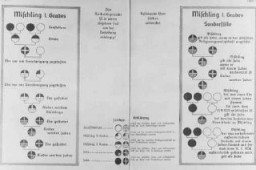
Children were especially vulnerable to Nazi persecution. Learn more about the fates of Jewish and non-Jewish children.
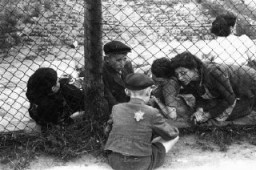
Nazi Germany and its allies established over 44,000 concentration camps and incarceration sites during the Holocaust. Read about the Nazi camp system.
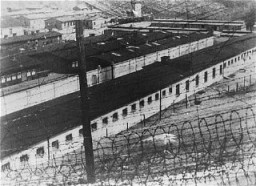
We would like to thank Crown Family Philanthropies, Abe and Ida Cooper Foundation, the Claims Conference, EVZ, and BMF for supporting the ongoing work to create content and resources for the Holocaust Encyclopedia. View the list of donor acknowledgement.